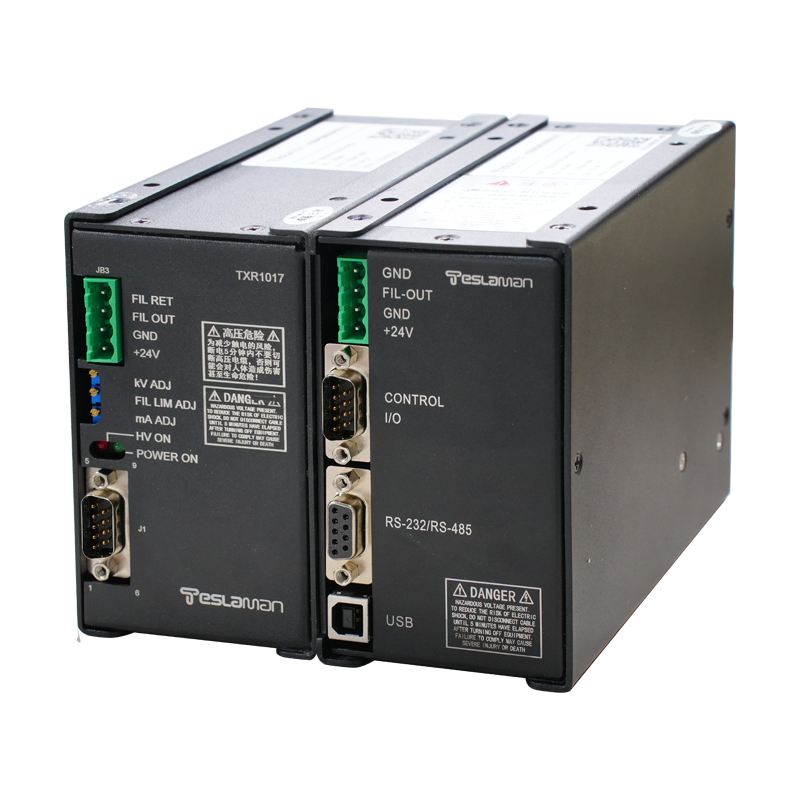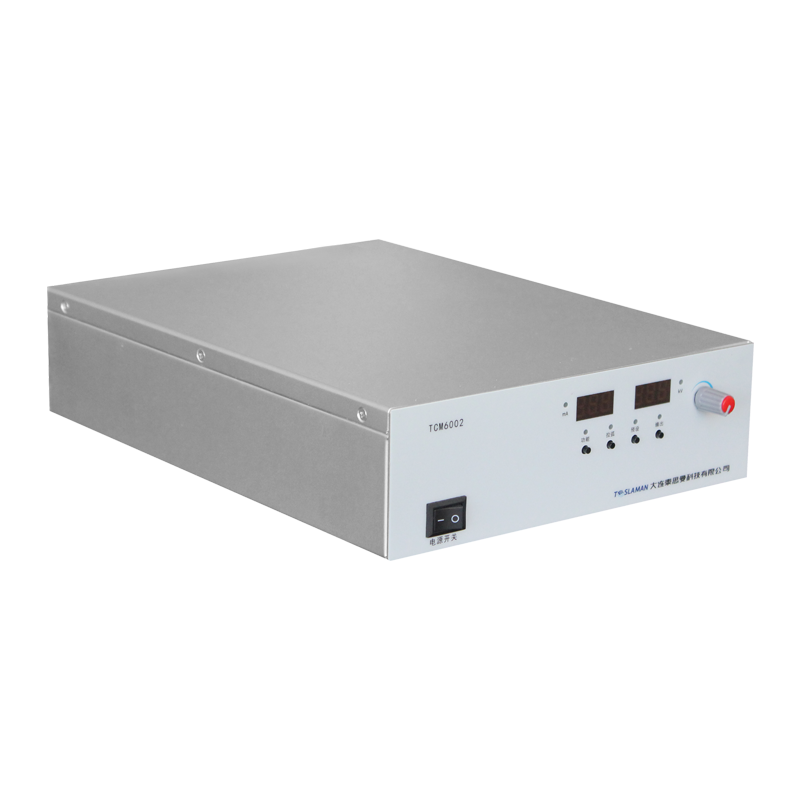Stability Solutions for High-Voltage Power Supplies in Scintillation Detectors
In nuclear radiation monitoring, medical imaging, and industrial non-destructive testing, the performance of scintillation detectors hinges on the stability of their high-voltage power supplies. These supplies determine whether photomultiplier tubes can accurately capture and amplify weak photon signals from scintillators. Yet three core challenges persist:
High-voltage pulse interference: Instantaneous particle incidence generates feedback pulses up to 30 kV/100 kA, risking supply breakdown.
Cold-state surge currents: Low filament resistance at startup causes surge currents exceeding 10A, accelerating component aging.
Environmental sensitivity: Voltage drift from temperature fluctuations and electromagnetic noise leads to signal baseline drift.
1. High-Voltage Pulse Suppression
Isolation-absorption dual protection
High-voltage isolation transformers block pulse coupling paths, with inter-winding capacitance forming a high-frequency barrier. Bypass capacitors drain residual energy, attenuating interference to hundreds of volts.
Series-connected high-permeability chokes (μ≥7 kH/m) absorb pulse energy via magnetic core impedance. Tests show parallel dual chokes withstand 16 kV pulses, limiting backend fluctuations.
Surge current soft-start control
Voltage ramp circuits with PNP transistors and RC networks gradually increase output from 0V to nominal values (±5% accuracy), capping surges at 1.5× rated current to prevent contact welding.
2. Thermal Management & Environmental Adaptation
Dynamic temperature compensation
Temperature sensors monitor hotspots, while PID algorithms adjust output compensation coefficients (±0.02%/℃). At 80℃ heatsink temperatures, MOSFET duty cycles automatically reduce to suppress thermal drift.
Hybrid cooling architecture
Air-cooled heat sinks for power transistors (baseplate ≤60℃) and liquid-cooled plates for rectifiers (coolant flow ≥2L/min) limit temperature rise to 25K under full load at 40℃ ambient.
3. Electromagnetic Compatibility & Redundancy
Three-stage noise suppression
Input EMI filters (≥40dB@100kHz), common-mode chokes, and π-type LC filters reduce output ripple below 50mVp-p, meeting µV-level signal amplification needs.
Hardware redundancy
Dual MOSFETs with µs-level switching and primary/backup voltage feedback loops maintain output deviation ≤0.1% during component failures.
4. Intelligent Control Optimization
Adaptive load compensation
DSPs dynamically adjust switching frequency (20-100kHz) and duty cycles based on load impedance changes, ensuring ±0.05% stability across 10%-100% load ranges.
AI-enhanced transient response
Deep learning models predict grid fluctuations to pre-correct PWM waveforms, slashing response time to 100μs—far surpassing traditional ms-level performance.
Conclusion
Stable high-voltage power is the lifeline of scintillation detectors. Integrating pulse suppression, thermal management, electromagnetic optimization, and intelligent control creates a multi-layered stability framework. Future advancements in silicon-carbide topologies and digital twin technology will push toward nano-scale precision and 10,000-hour maintenance-free operation.




















